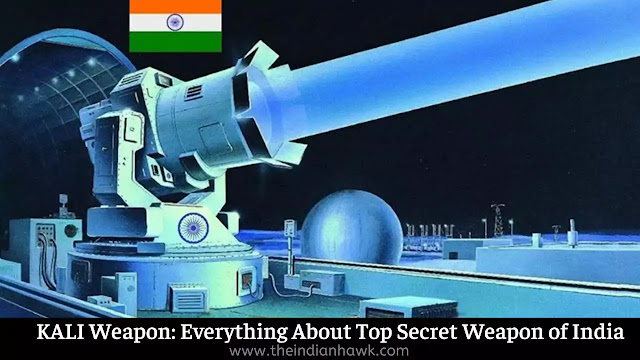After Balakot strike, Pakistani bids to infiltrate via the Jammu border up: BSF

The aim of the terrorists is to reach Pathankot-Jammu-Srinagar National Highway by 2 or 3 am so they are picked by OGWs on Indian side and transported to safe places.(PTI)
Since Pakistan terms Jammu IB as ‘working boundary’, it attempts to change status quo of the IB.
Extensive use of underground tunnels and drones to send more men and weapons to India through the Jammu border reflects a hardening of Pakistan’s attitude, particularly after the February 26, 2019 Indian Air Force strike on a terror camp in Balakot, according to an assessment by the Border Security Force (BSF). The BSF says the threat on this stretch of border had become multi-dimensional in the last few years.
The constant presence and movement of the Pakistan Army, Inter-Services Intelligence (ISI) agents, terrorists and Special Service Groups has been noticed not only in the International Border belt, but also along border outposts of Pakistan Rangers, according to BSF’s senior most officer on the Jammu frontier, inspector general NS Jamwal.
The Pakistan army, according to Jamwal, is extending its Kashmir ideology to the Jammu border in a similar fashion and with the lethality and seriousness it does across the Line of Control.
“The combined presence of Pakistan Army/ISI/terrorists/criminals in the border belt, with a common anti-India agenda, is a serious issue of concern and an emerging challenge for the BSF planners and executioners,” Jamwal has written in the BSF’s internal magazine Borderman 2020, a copy of which has been reviewed by HT.
More than 2,000 cross-border firing incidents in the last six years from the Pakistan side indicate the profile of violence on the Jammu border. BSF has also discovered at least 10 tunnels since 2012 on the Jammu frontier; four to five of them were found in last six months.
Detailing the modus operandi used by Pakistan, Jamwal writes that terrorist handlers, after a detailed recce and coordinating with over-ground workers on Indian side, help terrorists infiltrate across border during dusk.
The aim of the terrorists is to reach Pathankot-Jammu-Srinagar National Highway by 2 or 3 am so they are picked by OGWs on Indian side and transported to safe places before dawn.
To conceal their movement, Pakistan has shrouded certain pockets on its side of the IB with tall elephant grass and other wild growth from where snipers can target BSF troops.
As part of Pakistan’s national defence strategy, the Pakistani army has settled its ex-servicemen in the border belt to act “as early warning elements and provide depth to their first line of defence,” according to Jamwal.
“One can easily read the management of terrain on Pak side which clearly indicates that Pakistan is not interested in Border management but in furthering its Kashmir policy through Jammu border. Since Pakistan terms Jammu IB as ‘working boundary,’ it attempts to change the status quo of the IB, and as a result some boundary disputes are already pending for settlement, and more have emerged,” the BSF magazine assesses.
After the Balakot strike, Pakistan is also using drones to carry out surveillance of BSF forward areas along the Jammu border as well as to smuggle weapons.
Jamwal told HT: “Pakistan’s main aim is to disturb J&K and they are finding it difficult to push through borders which are well guarded, so the tunnels and drones are being used. We have made a lot of progress to neutralize this threat”.
Sameer Patil, fellow in international security studies programme at Gateway House, said: “Tunnels have been used by Pakistan earlier too, but drones are definitely a challenge for security forces. It also shows how, with the help of the Pakistani state, the terrorists are devising new ways every time we neutralize their traditional routes. I am sure India will be able to neutralize the threat of tunnels and drones also very soon.”
Source>>



.jpg)







